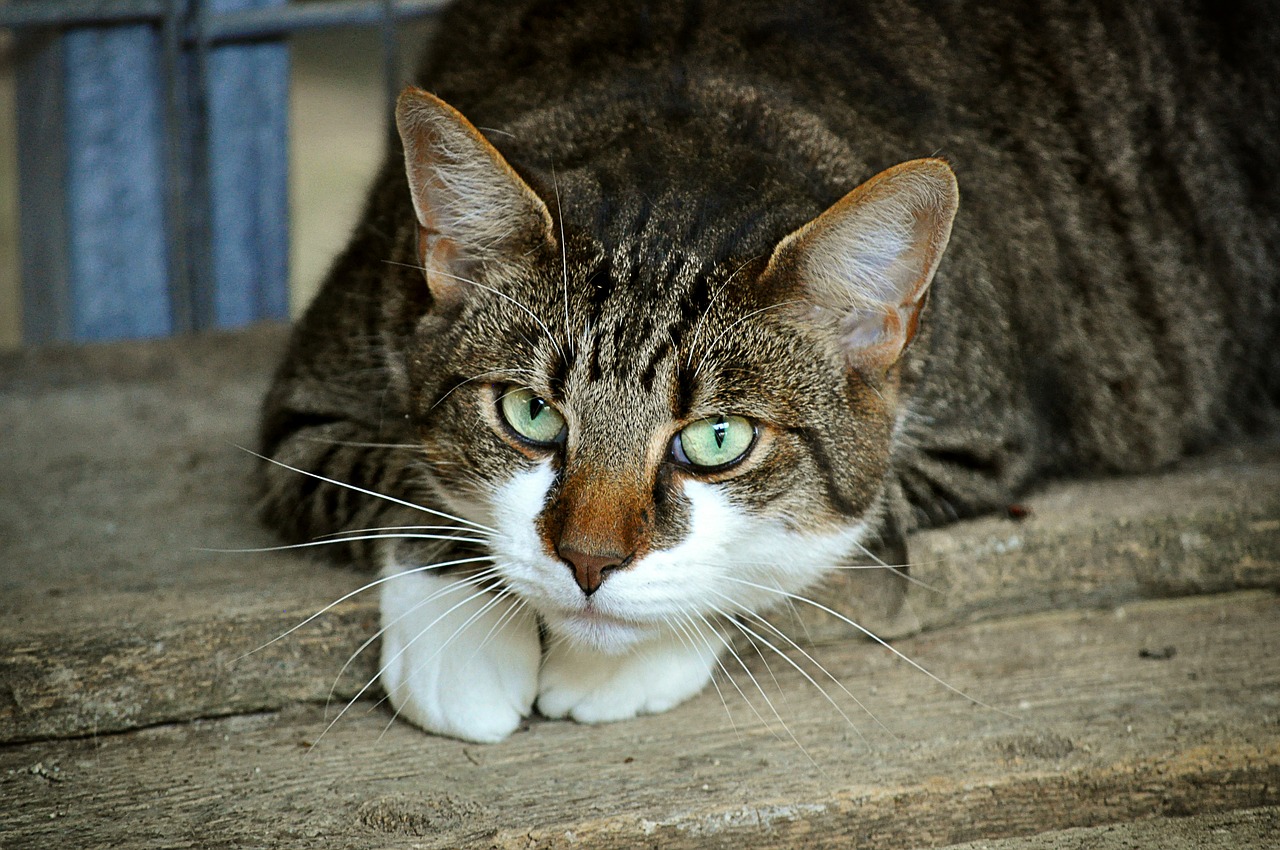We all want our beloved pet's health to be optimal, and a general health check-up at the veterinarian is something to aim for at least once or twice a year.
In the meantime, though, there are a few things to keep an eye on to make sure your cat stays healthy.
Eyes: The surface of the eye should be transparent, and the inner surface of the eyelid should be a regular, light pink color. If you see any discharge at all, something is not right. Cats also have a third eyelid that usually isn't visible, so if you can see it, that might be a sign of the cat being unhealthy as well. If any of these signs appear, you should definitely take your cat to the veterinarian.
Ears: Examine the ears for any discharge, or if the cat appears to be feeling discomfort inside her ears. None of these conditions are typical for a healthy cat and could be signs of ear mites or a bacterial infection.
Mouth: Have a look along the gumline, and on the surface of the teeth to check if you can see any tartar buildup. It is quite normal for cats to have a tiny bit of tartar present, but if the gum seems swollen, or if it has more tartar built up than usual, it's time to see the vet.
Skin: Have a feel around your cat's fur for any lumps, swelling, bumps or other anomalies in the coat. Also, the fur should not have any dandruff in it, and the coat should be shiny but not oily.
Look for Fleas: Part the coat to have a look; they are very easy to discover as they leave traces that look like specks of black pepper.
Under the Tail: Have a look at the fur around and under the tail; cats are very good at keeping clean, so there should be no dirt. If it is dirty, it might be an indication that your cat is not well enough to keep itself clean. Also, have a look for parasites; they often look like grains of rice or spaghetti – and this should prompt you to see the vet immediately.
Feet: Even though most cats hate having their paws examined, try to check to make sure they look healthy. They should be relatively clean, and not have any scratches, swellings or infections. Try to double check for any split claws as well, as they can be very uncomfortable for your cat.
Tip: Get a first aid kit for your cat! While you should by no means play veterinarian yourself, there are still a few good things to have at home if there should be any acute problems.
Your vet can help you put together the necessary items to have at home in case anything should happen, and it can make a huge difference for both you and your cat in an emergency.

PetsMag is the home for pets lovers!
Our online magazine provides a compelling blend of daily articles, fresh news and tips for pet lovers.
We work hard on finding interesting and unique news stories and tips.
We would love to hear your opinion and thoughts on what our next article should be about!
Pet suppliers VS. Petco VS. Chewy
7 Top Dog Breeds to Benefit Your Running